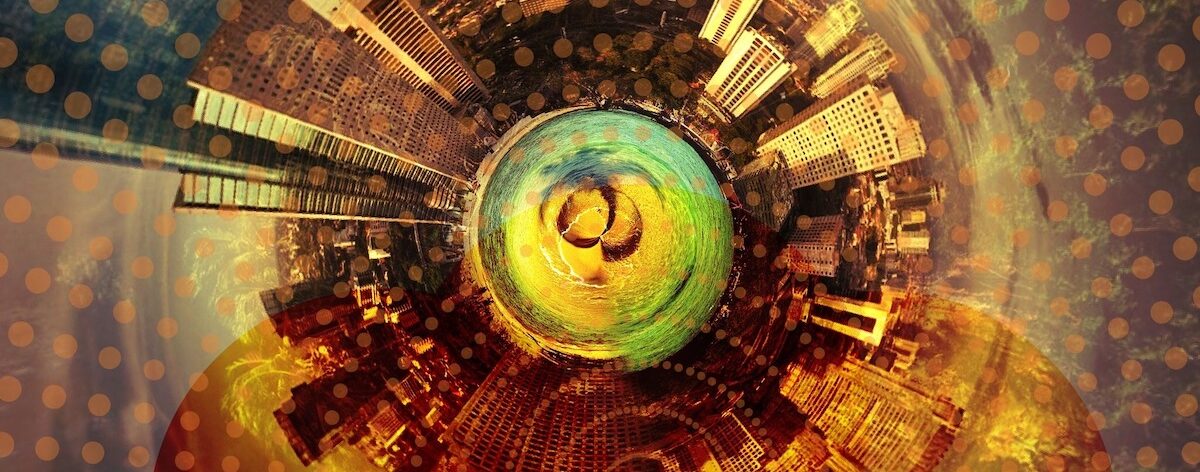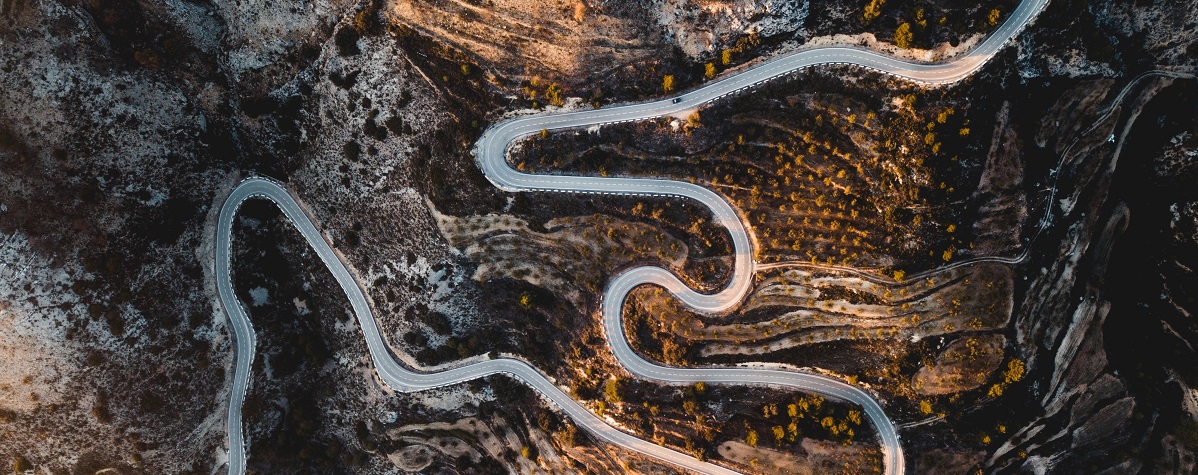What is a Circular Economy?

A simple question, yet one that is difficult to answer. Indeed, a recent study cites over 100 definitions of ‘Circular Economy’. These span from more ‘traditional’ ideas of recycling and waste management to a complete transformation of the global economy.
For the NICER Programme, the CE is a system that is resilient, restorative and regenerative by design. An innovation framework and set of strategies to help us rethink and revaluate the value of our resources, materials and products.
But what does that actually mean?
Currently, most of what we consume flows through a ‘linear’ economy. Products are made, used and thrown away. Each person in the UK is thought to consume around 17 tonnes of materials annually, the equivalent weight of 15 small family cars. It is estimated that to support this level of consumption for everyone in the world would require around three planets’ worth of resources. This is unsustainable.
We need a radical re-think in how we use resources, how we design products and services, the business models used to provide those products and the systems required to keep products, materials and components in circulation at their highest value for the longest period. This idea lies at the heart of a circular economy.
Instead of liner through-flow of materials, a circular economy aims to preserve and rebuild stocks of man-made and natural capital and reduce resource consumption, create more jobs and promote a different type of growth, where waste and pollution is designed out at the outset.
Many governments, businesses and citizen groups have been inspired by this idea and the development of regional road maps, new business strategies and individual action are being used to demonstrate how it can work in practice.
learn more



